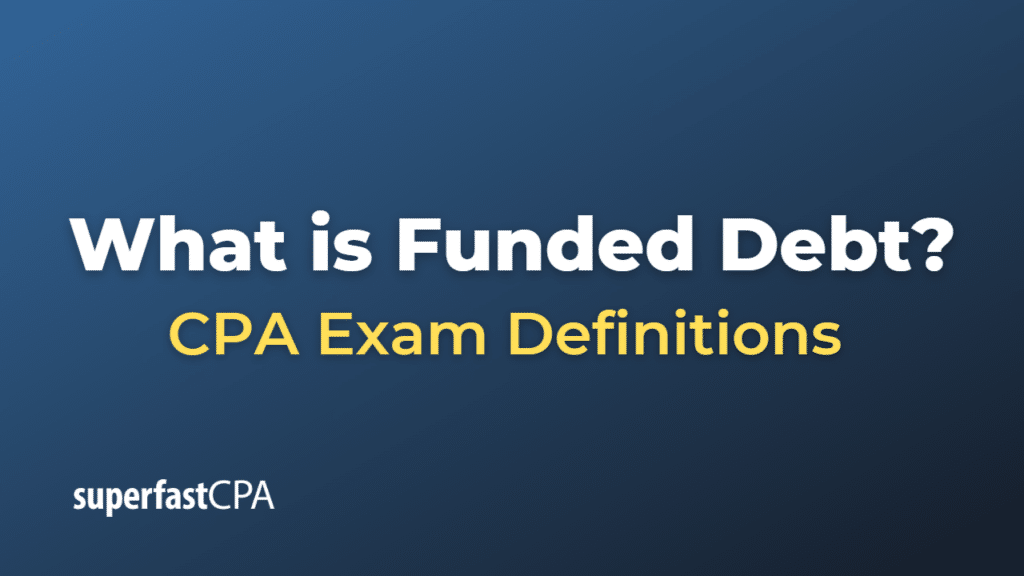Funded Debt
Funded debt, also known as long-term debt, refers to any financial obligation (debt) that has a maturity of more than one year from the date of its assessment. Companies often raise funds through issuing long-term debt such as bonds or bank loans to finance operations or major expenditures.
The term “funded” originates from the idea that the debt has been “funded” or planned to be paid off over a longer time period, typically more than a year. Such debts often carry a lower risk to the lenders because they are usually secured by some form of collateral, and payments are spread over a long period, making it easier for the borrower to meet the obligations.
Funded debt is a key part of a company’s capital structure, and investors and analysts often look at the company’s long-term debt levels when assessing the company’s financial stability. A high level of funded debt may suggest potential financial risk, especially if the company’s income is not sufficient to cover its debt obligations. However, the use of debt can also enhance returns for shareholders and provide tax advantages, so some level of funded debt is often considered acceptable or even beneficial.
Example of Funded Debt
Imagine Company ABC, a manufacturing business, wants to expand its operations by building a new factory. The cost of this project is estimated to be $10 million. The company doesn’t have enough cash on hand for this project, so it decides to issue bonds to raise the required funds.
Company ABC issues 10,000 bonds with a face value of $1,000 each. These bonds have a maturity date 10 years into the future, meaning the company will pay back the principal amount of $1,000 per bond to the bondholders in 10 years. In the meantime, the company will also pay annual interest to the bondholders.
This $10 million raised by issuing bonds is considered funded debt. It’s a long-term obligation for the company, with a maturity date more than one year from when the debt was issued.
In its balance sheet, Company ABC would include this $10 million under long-term liabilities. Each year, as the company pays the interest on the bonds and eventually repays the principal, this liability will be reduced.
This is a simplistic example. In real-world situations, a company might have multiple sources of funded debt, with varying interest rates and maturity dates. But it gives you an idea of what funded debt is and how it works.













